Human beings have a hard time dealing with numbers that get really big. The speed of light, the number of atoms in apparently small amounts of matter, the energy being burned every time you ask ChatGPT how many days there are in July. It doesn’t really fit into our meat brains. Take, for example, Seagate’s latest industrial hard drive, which holds 30 terabytes of data. Oof.
The new Exos M and IronWolf Pro are the most dense drives single I’ve ever seen in the standard form factor, narrowly beating out existing 28TB models by leveraging Seagate’s innovative Heat-Assisted Magnetic Recording (HAMR) technology. But these hard drives aren’t really designed for regular PC users — they’re being made for the data center market, as demand for scalable storage spikes in the AI industry. That said, there’s nothing stopping you from just rolling up to Seagate’s digital storefront and putting your money down. The new drives, in the standard 3.5-inch form factor, cost $600.
(Editorial note: It’s entirely possible that 30TB drives have been available before in the 3.5-inch form factor, and I know NAS systems with more than that spread over multiple drives are a thing. This is the first time I’m seeing it with a regular link to buy, as far as I’m aware.)
Again, it’s hard for me to imagine what I’d do with that much storage. My first desktop PC that I didn’t have to share with my sister had a 40GB drive, and my parents thought that was beyond the dreams of avarice. I have hundreds and hundreds of games in my Steam account, some of which teeter beyond the 100GB mark, and I still don’t think I could fill up a 30TB hard drive with all of them. In college a friend of mine who definitely, absolutely was not me, allegedly, once shared a little over 2TB of video files on the local campus network, and that was the top score in a student population of over 40,000.
But these things aren’t meant for individual users, unless those individual users are hosting some rather impressive websites from a home server or doing some other exotic stuff. These drives are meant to be bought dozens or hundreds at a time, and installed in data centers that cost billions of dollars to set up. I haven’t seen a new laptop with a spinning hard drive in years, and even desktop users with space to spare are now transitioning to full solid state storage more often than not.
Still, I can’t deny that there’s something tempting about buying one and seeing if I could fill it up. I wonder how many hi-res Skyrim textures it would take…
Further reading: The best SSDs for any budget
Login to add comment
Other posts in this group

Europe’s summer heatwave may be highlighting Intel’s “Raptor Lake” bu
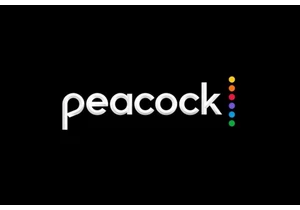
Time for another price hike, this time from Peacock, and it’s a big o
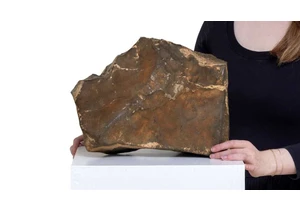

Retro emulation gadgets, the ones that look like an alternate univers
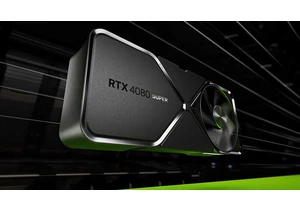
Nvidia’s GeForce RTX 50 series has been shining with cutting-edge tec
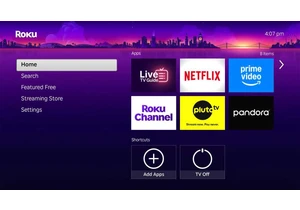
A couple weeks ago, a reader asked me about the best streaming TV set
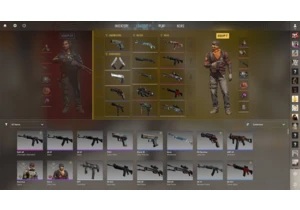
In-game digital items are big money. According to one website that tr
